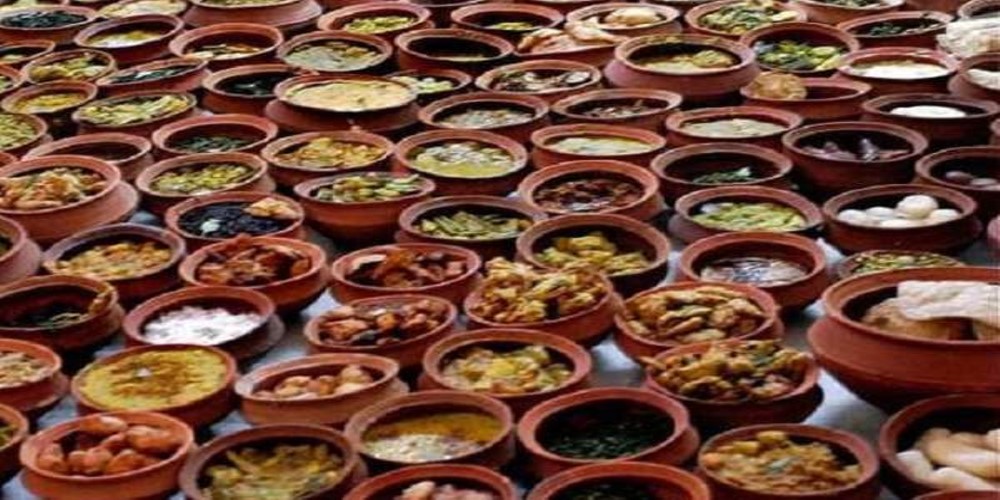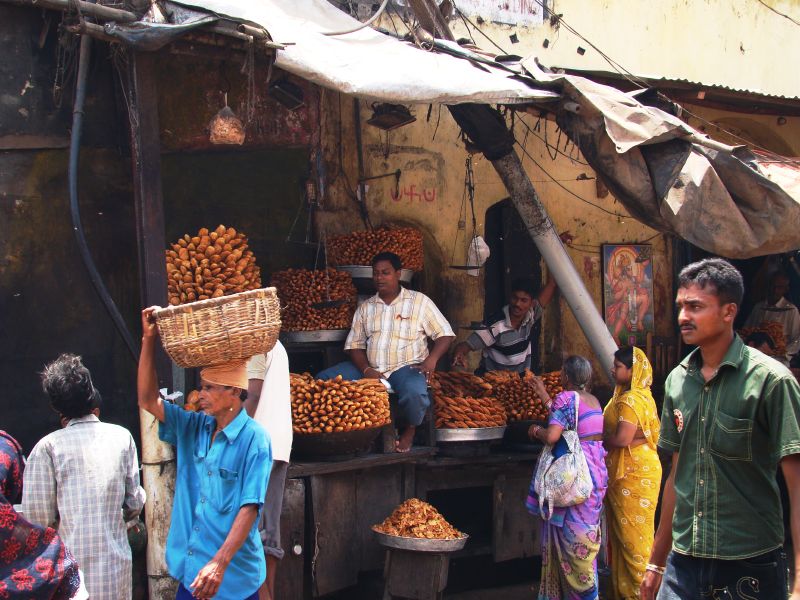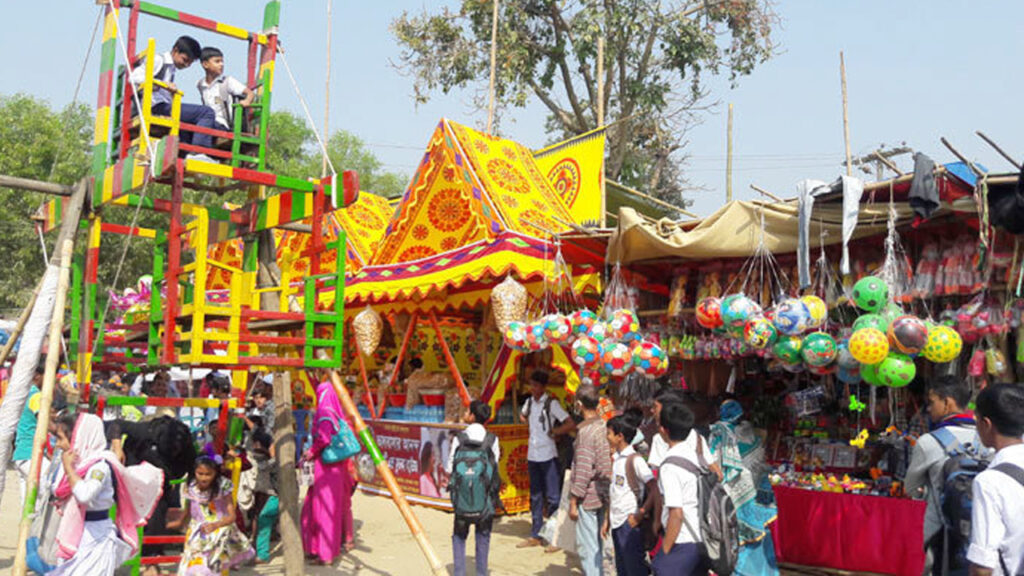Rath Yatra is one of the biggest Chariot festivals in India. It is celebrated for seven whole days. There are many popular legends and historical significance to this magnificent festival. However, I fancy the one, to which I could relate as a child, the one version that I heard from our granny.
According to tradition, Lord Jagannatha and his two siblings fall sick for fifteen days every year, after an elaborate bath. 😞 Resultantly, they are restricted to the sick room called Anasar Ghar and treated with several remedial therapies by the Daitapatis of the Jagannath Temple in Puri (Odisha). They recover but require a change of place, and therefore, set out for their maternal aunt’s place. 🥰 The commencement and the return journey to and from Maasi’s place is known as the Rath Yatra.
My early recollections of Rath Yatra were waking up in the morning with fervent excitement. The hardly, two feet tall, newly bought, flimsy, wooden Rath, used to be the center of utmost attraction that particular day, for all the cousins, assembled in our ‘Mamabari.’ The afternoon was spent planning, adding finishing touches to the decoration of the Rath, and literally blowing the humble but loud bamboo trumpet (bhepu) to cheer the project leaders! 🥳🤪
 Miniature Rath
Miniature Rath
The three youngest siblings of my mom (my shejo mama, chhoto mama and chhoto maashi) were the pioneers of this project and participated in the efficacious, completion of the decoration with equal gusto.
Come to think of it, the whole event used to be a very eco-friendly as well as a budget-friendly affair. There were no fancy frills, in fact, we never bought any decorations. The abundance of the natural bounty of the monsoon foliage in the nearby garden was enough to transform the colorful Rath into an ethereal chariot for Lord Jagannath and his siblings, ready to be pulled adhering to the tradition, reverentially by every family member in the evening.
Festivals in India showcase the rich culinary legacy of the country. Much to the delight of the devotees, the Indian Gods are as much a foodie as the majority of the country’s population. 😉
Likewise, during Rath Yatra, the Lord and his two siblings are pampered with the grand selection of food. The Lord Jagannath’s Temple or Sri Temple in Puri, Odisha, is believed to have the largest open-air kitchen in the world known as the Ananda Bazar. Needless to say, the ritual of food offerings to Lord Jagannath is a grand affair befitting the grandeur of the Rath Yatra. The ‘Chappan Bhog’ consisting of fifty-six delicacies is a complete vegetarian affair, non-greasy, not too spicy, and devoid of any garlic and onion.
There are two types of food category the Sankhudi or the wet prasad consisting of rice, lentils, and vegetables, which is perishable and consumed immediately. The Sukhila consists of dry, sweet, and savory food items. This prasad has a longer shelf life.
The Bhog is cooked, following the ancient fuel-efficient steam-cooking method by stacking seven earthen pots on top of each other. The alkaline properties of the earthen pots not only help to neutralize the pH balance of the food but also renders an enticingly, earthy aroma to the food.
 Mahaprasad
Mahaprasad
According to Indian mythology, Narad Muni once went into a fit of ecstasy after having Lord Vishnu’s Mahaprasad. He shared a tiny morsel of this divine food, which was stuck in his finger, with Lord Shiva, which resulted in a semi-Tandav! 😳 His wife Goddess Parvati, who was deprived of this potent Mahaprasad got into a state of extreme frenzy. Lord Vishnu pacified her and brought the situation under control with a promise that he would reincarnate as Lord Jagannath in the Sri Mandir of Odisha and his prasad will be first offered to Goddess Parvati and then distributed to all, without any prejudice. 😇
The extravagant Bhog or Prasad of Sri Temple is prepared and offered as Naivedya to Lord Jagannath and then offered to Devi Bimala (Goddess Parvati) after which it becomes the Mahaprasad. Every morsel is reverently consumed by thousands of devotees every day.
Khichdi, Dalma, Pora Pitha, Chhena Poda, Malpua are some of the popular items of the Mahaprasad. My personal favorite is the Khaja. This fried, dry sweet is the most common prasad which is bought by thousands of devotees in Puri’s Sri Mandir on a daily basis.
 Khaja Shop in Puri
Khaja Shop in Puri
Back home in Kolkata, Rather Mela is held in a few places. The artisans of Krishnanagar, selling their exotic clay artifacts used to be the main attraction of these fairs. Some other highlights of the fairs were the vendors of clothes, toys, and household Knick knacks, brought by vendors, from the remote villages of Bengal. I am sure that the essence of the Rather Mela has changed over the time except for one; the food vendors selling piping hot, jalebis, and freshly fried papad without which, the celebration of Rath is incomplete. 😋
 Rather Mela
Rather Mela
The childhood rituals of Rath Yatra are just fond memories for me. However, this Grand Chariot festival of India fills me with sweet nostalgia every year and if I get a chance, I do make some malpua, beguni (brinjal fritters), and fry some papad to celebrate the core essence of the festival: a humble tribute to Lord Jagannath in proper foodie-style! 😁